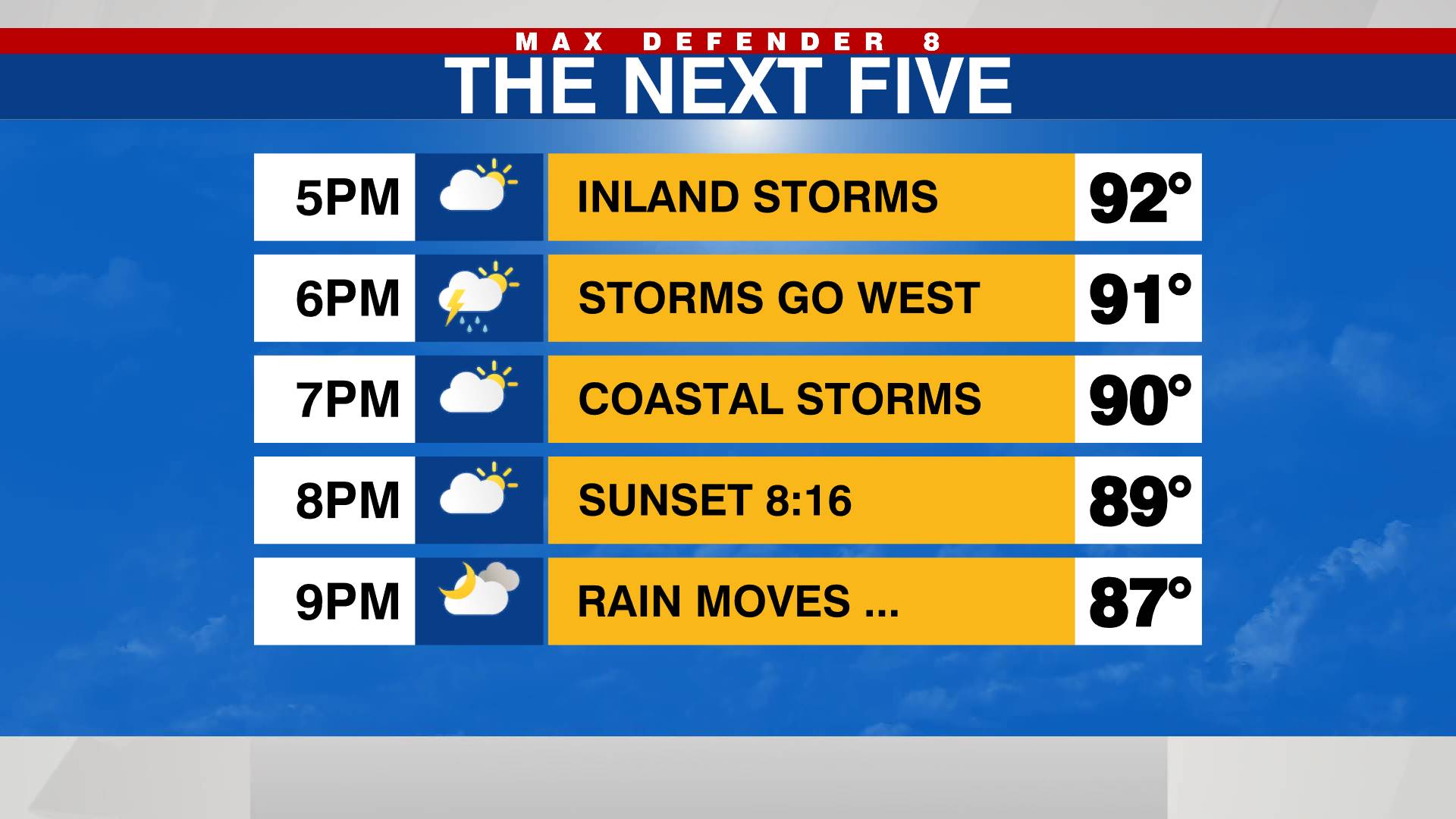POLK COUNTY, Fla. (WFLA) – A wildlife corridor in Polk County aims to reconnect the Hilochee Wildlife Management areas and beyond for the first time in half a century.
“Fifty years ago when the interstate was built, they severed that connection. So with this new wildlife crossing, you’ll be able to connect one side of I-4 to the other side,” said Brent Setchell, district drainage design engineer for the Florida Department of Transportation.
Every day, 100,000 drivers travel on I-4 which makes it impossible for wildlife to cross, according to Setchell.
Floridians often lament that wildlife roaming through homes and commercial areas have nowhere else to go. In recent months, a panther was spotted in the yards of residents in south Lakeland.
“I think it’s pretty crazy. All the years that I have ever lived in Florida, I have never seen anything like this in my life. I even lived in South Florida, down by the Everglades, and it’s nothing I’ve ever seen before,” said resident Luigi Favilli.
This month, Jonathan Anglin of Haines City captured video of a bear roaming through downtown Haines City at night. He said the bear was seen on Ring cameras from people’s homes earlier.

“They have to have somewhere to go. I mean, because once again, we don’t need packs of bears and coyotes and things of that nature running around, definitely a safety hazard,” said Anglin.
For this and other reasons, FDOT is constructing a wildlife corridor to run under a reconfigured I-4 near State Road 557.
The project, which includes the reconstructed interchange at SR 557, cost $71 million.
“They’ll eventually start to use it,” said Setchell. “The wandering males are typically the first ones to go and then typically you’ll get some of the smaller mammals – raccoons, bobcats – and eventually you might get some of the larger animals, deer and hopefully some black bears and panthers will use the crossing as well.”

An adjacent trail will be available for aquatic animals, including alligators, turtles and snakes.
“The wildlife on this side of I-4 hasn’t seen the wildlife on that side of I-4 in more than 50 years and so, being able to get that genetic diversity is very important to all species,” said Setchell.
Setchell said it is not only for the safety of wildlife but for the safety of travelers too.
“Unfortunately, we’ve had a few black bears hit on I-4. Nobody wants to hit a black bear with their car. It’s a 400-pound animal that’s going to do some damage, worse if a motorist tries to swerve and miss a black bear that can be really detrimental to the motorist,” said Setchell.
At least 15 panthers have been killed by vehicle collisions this year in Florida, including one in Polk County, according to the Florida Fish and Wildlife Conservation Commission.
The project is set to be completed by next year. You can learn more about efforts to reconnect wildlife areas through Florida online.














